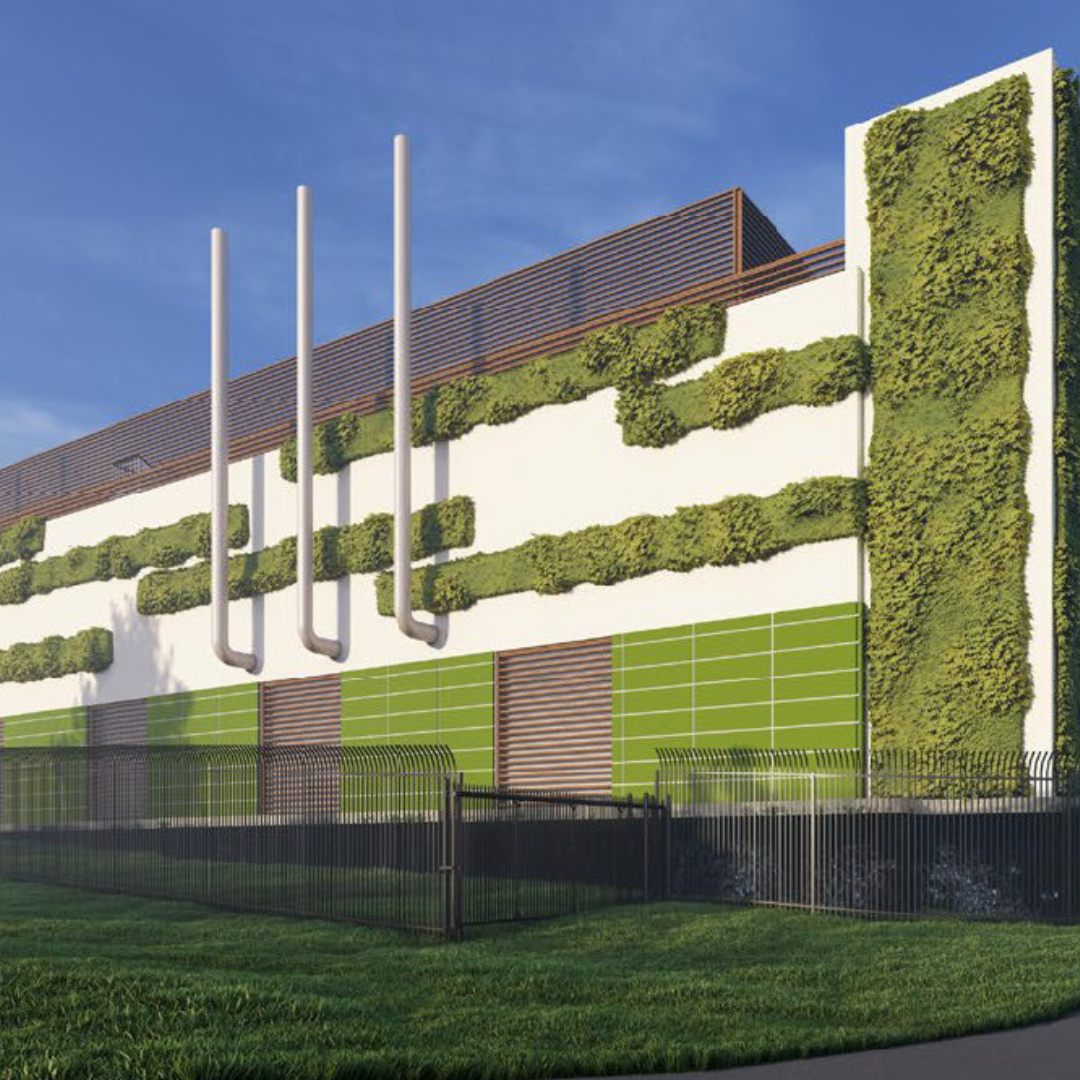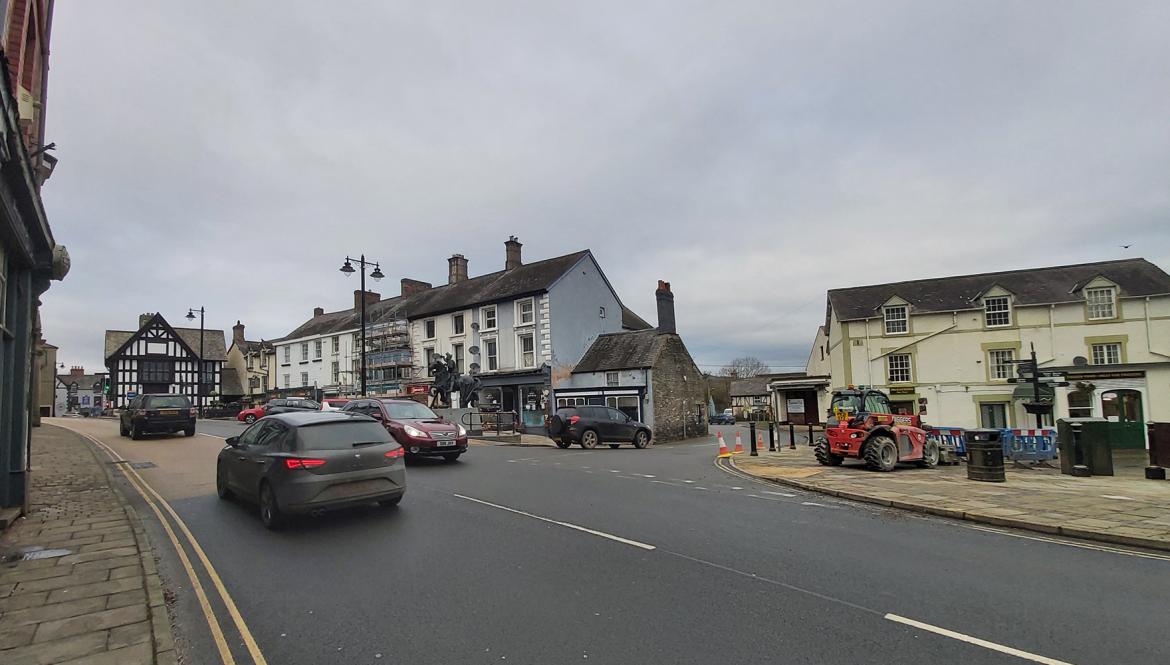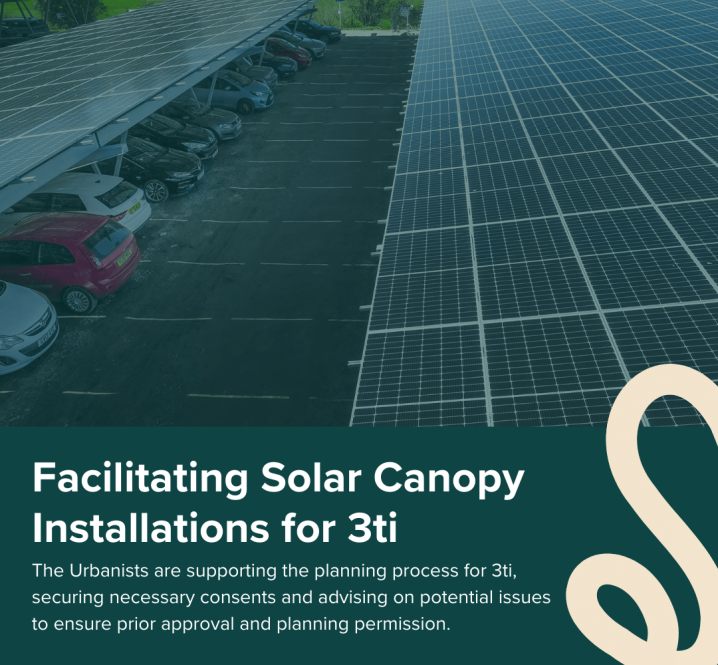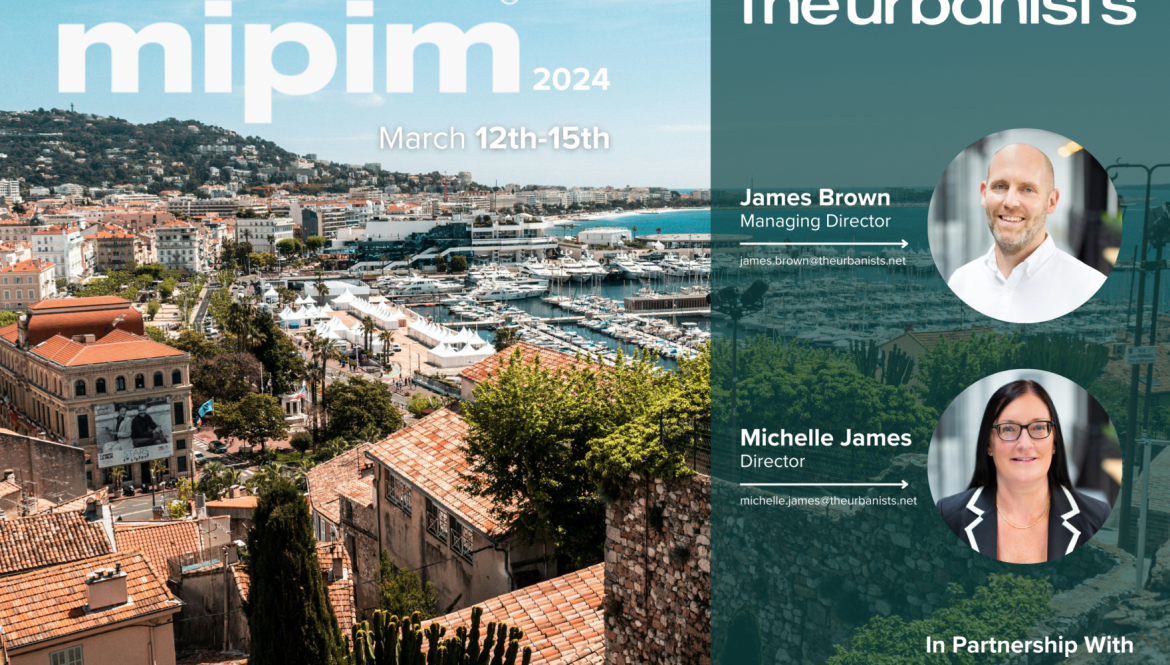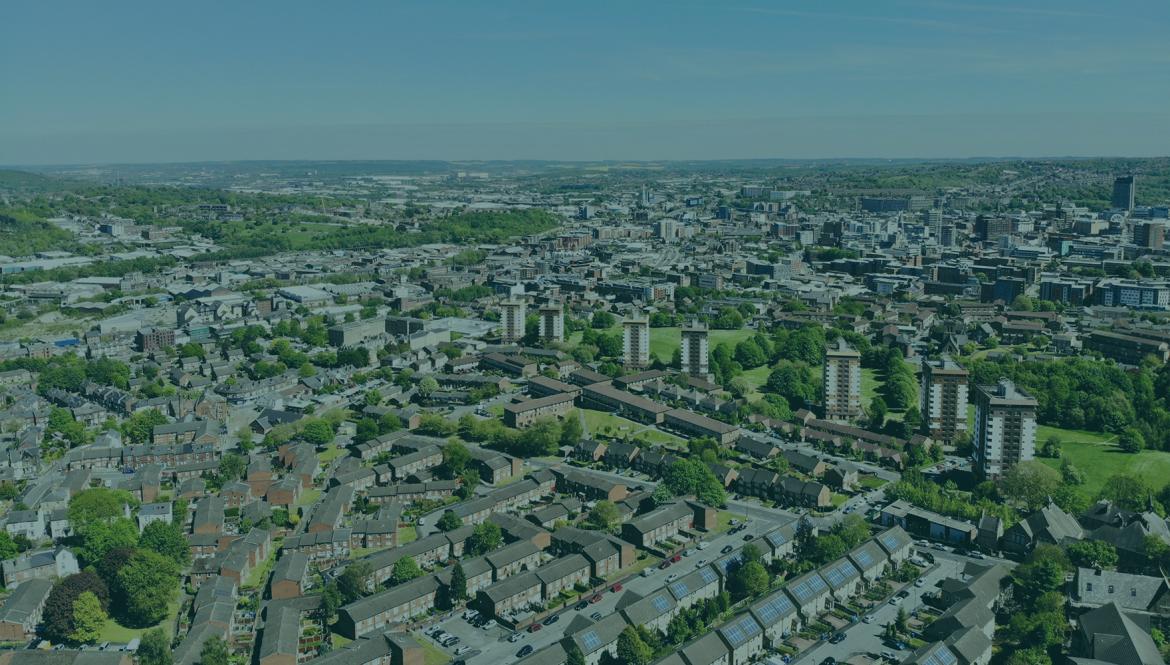Nature-Driven, Data-Driven: Powering the Future of Data Sustainably
It seems like not a day passes without talk of the rise of AI and its role in the ongoing ‘4th Industrial Revolution’. Within recent weeks, the UK Government’s AI Opportunities Action Plan, data centres' thirst for water, and a global AI summit in France have all made the headlines.
The new government has hit the ground running in responding to the AI opportunity, and is wasting no time in planning for the infrastructure to respond. As with other sectors, planning is firmly in its crosshairs, with the government seeking to ensure streamlined planning procedures where required, to facilitate the delivery of the necessary processing capacity in the form of data centres. There is talk of a new use class, and reduced regulation in AI Growth Zones powered by low-zero carbon sources, to make development happen.
On this theme, we thought we’d share a few reflections from our ongoing experience of planning for a new data centre with Western Bio Energy (WBE) in Margam, Port Talbot. While small in relative terms, it demonstrates many of the issues in microcosm.
As resource-hungry, sometimes monolithic structures, accommodating data centres on the scale required will undoubtedly pose challenges. Perhaps most importantly, there is the issue of power generation. The largest data centres are monolithic, requiring upwards of 200MW (and more) of constant power to keep them running. If such demand is to be met without a significant deployment of carbon-intensive energy, these need to come hand-in-hand with renewable energy projects.
WBE has a ready-made solution, with the proposed data centre being designed as a key energy ‘off-taker’ for their 15MW biomass plant, located close to the site. If approved, this would take the lion's share of power from the existing plant, which acts as a low-carbon energy source. It forms part of WBE’s strategy to deliver a Nature-positive Data Centre as part of a wider circular economy project. This includes investment in carbon capture technology which can be supplied to local green bio-fuels producers or the food and drinks industry; and work with KewREACH on forestry programs, woodland/habitat creation and the transformation of over 3,000 acres of riparian borders to provide nature-enhancing biomass for the plant, ensuring the data centre operators will be able to attain their own carbon and biodiversity credits.
Data centres also need to be designed and sited with both their operational requirements and aesthetics in mind. Essentially, a large warehouse housing lots of tech, without creative approaches to site layout and design, these could be a blot on the landscape, particularly in more sensitive locations. WBE and our design team have worked on creative solutions to bridge the industrial and historic landscapes in which it sits while responding to extensive green and blue infrastructure requirements sought by Welsh planning policy. This has necessitated creative approaches to breaking down the mass, ‘greening’ the building, and making the landscape architecture work harder, to offset the loss of habitat resulting from a large footprint building. As part of this effort, the scheme integrates the existing building (a ‘non-designated heritage asset’ in planning jargon) into the scheme for office functions, replacing trees on the site at a rate of three-for-one, integrated SuDS solutions and site-wide habitat replacement and enhancement to achieve ‘net benefits for biodiversity’.
The resulting scheme will deliver multiple public benefits locally and UK-wide, including:
- Contributing towards the UK’s data storage needs, while minimising carbon emissions and impacts on the natural environment.
- Facilitating a wider decarbonisation and biodiversity enhancement project that will see carbon capture and utilisation, hydrogen production, woodland habitat creation and extensive riparian border enhancement.
- The protection of 27 jobs on the biomass plant site, 150 jobs within the wider supply chain, and the provision of a further 30+ jobs on the data centre site itself.
These benefits are amplified by the project being situated in Port Talbot, a town facing significant job losses and economic uncertainty, due to ongoing changes at the steelworks. This project highlights in microcosm what future AI Growth Zones could look like, showing the value industrial areas can play in providing ‘nature positive’ data storage and job creation in parallel.
A planning application has just been submitted to Neath Port Talbot Council.
